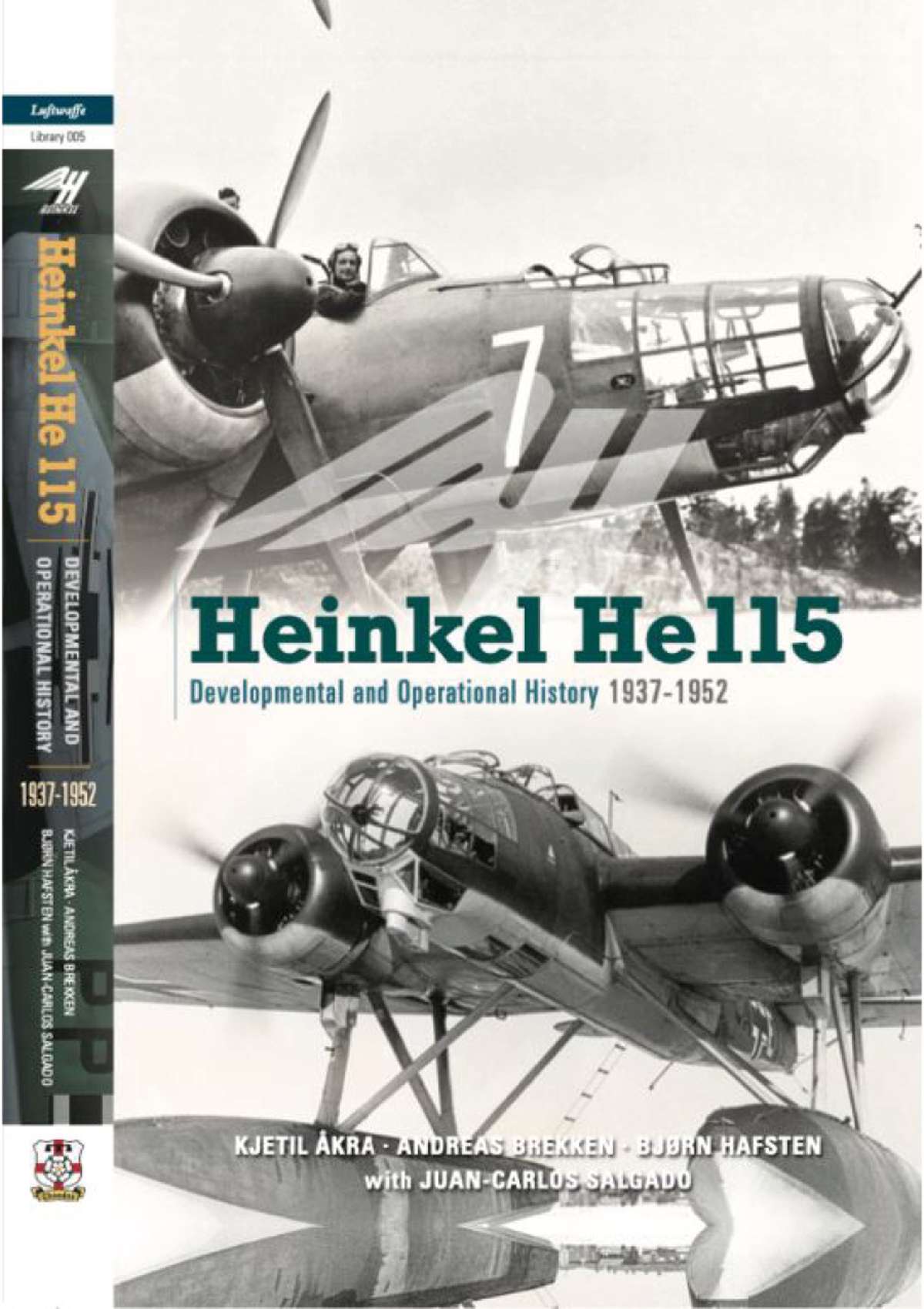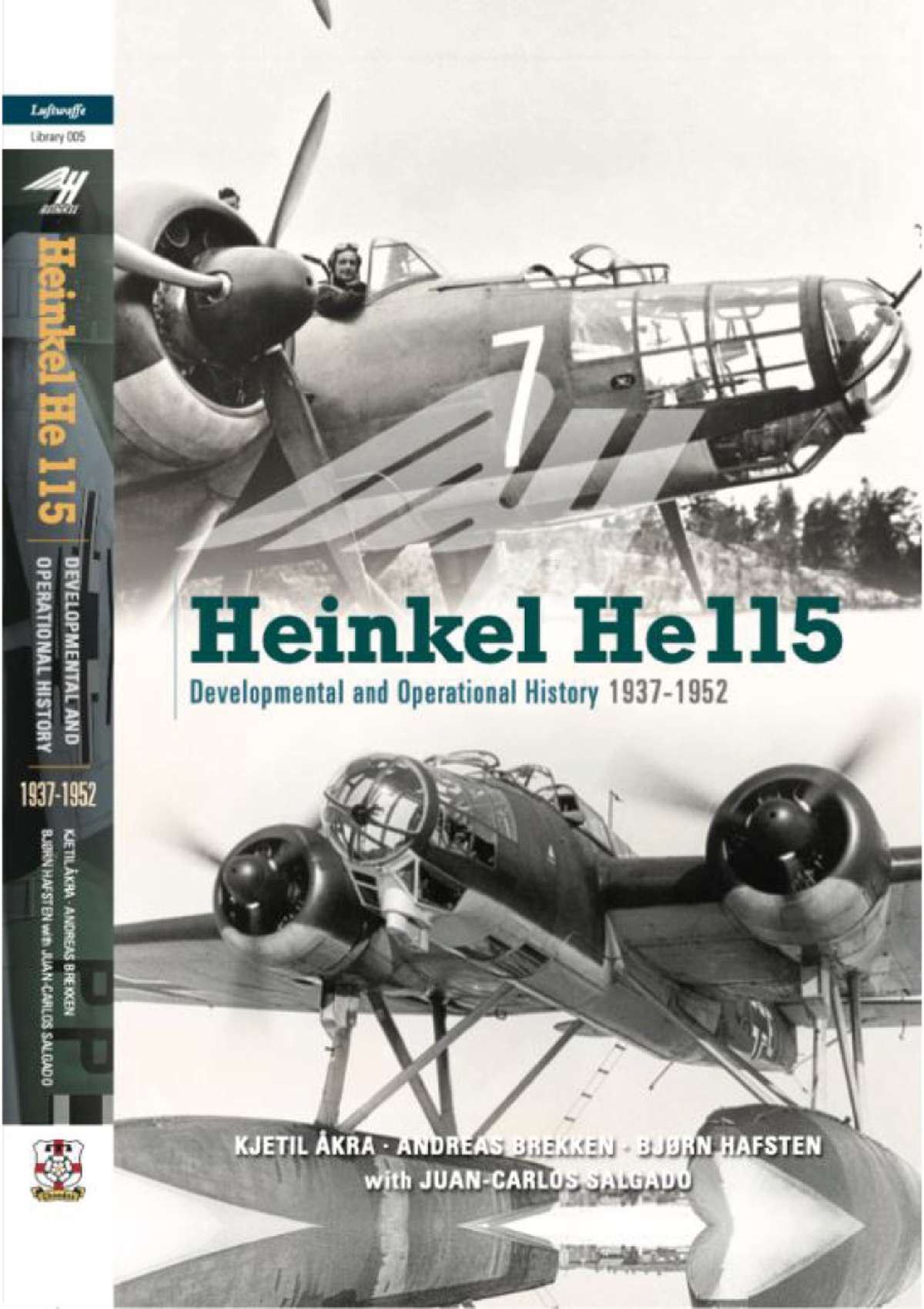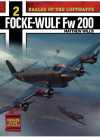Heinkel HE 115 Developmental & Operational History 1937 - 1952
By Kjetil Akra, Andreas Brekken, Bjorn Hafsten, Juan Carlos Salgado
The Heinkel He 115 has been misrepresented in literature over the years to a far greater extent than almost any other aircraft type built in similarly small quantities. It was an excellent, solid design, yet its story is a tale replete with irony. Before World War Two, the near-universal introduction of retractable aircraft undercarriages placed floatplanes at an insurmountable disadvantage compared to landplanes. This inherent handicap rendered the He 115 semi-obsolescent even as it belatedly entered service in late 1939. Göring’s decision to give the Luftwaffe responsibility for aerial minelaying, and then the overwhelming majority of the torpedo strike role, meant that from the second half of 1941 the surviving He 115s were segregated into a handful of Lufttorpedo Staffeln, with the last of the design, for lack of a better alternative, soldiering on in front line service until early 1944. Perhaps the most extraordinary part of its story is that outdated anachronism though it became, the He 115 was unique in that it was the sole twin-engine floatplane ever to launch aerial torpedoes in anger during the Second World War, and did so in quantity.
With a highly detailed production and service history (including service with other nations, and post-war service), as well as specially commissioned drawings, colour profiles, photographs from private collections, and accurate loss lists, this volume draws on information from a wide variety of sources in order to strip away the mythologies and present the reality of the life and service career of the He 115 in greater and more accurate detail than ever before.






